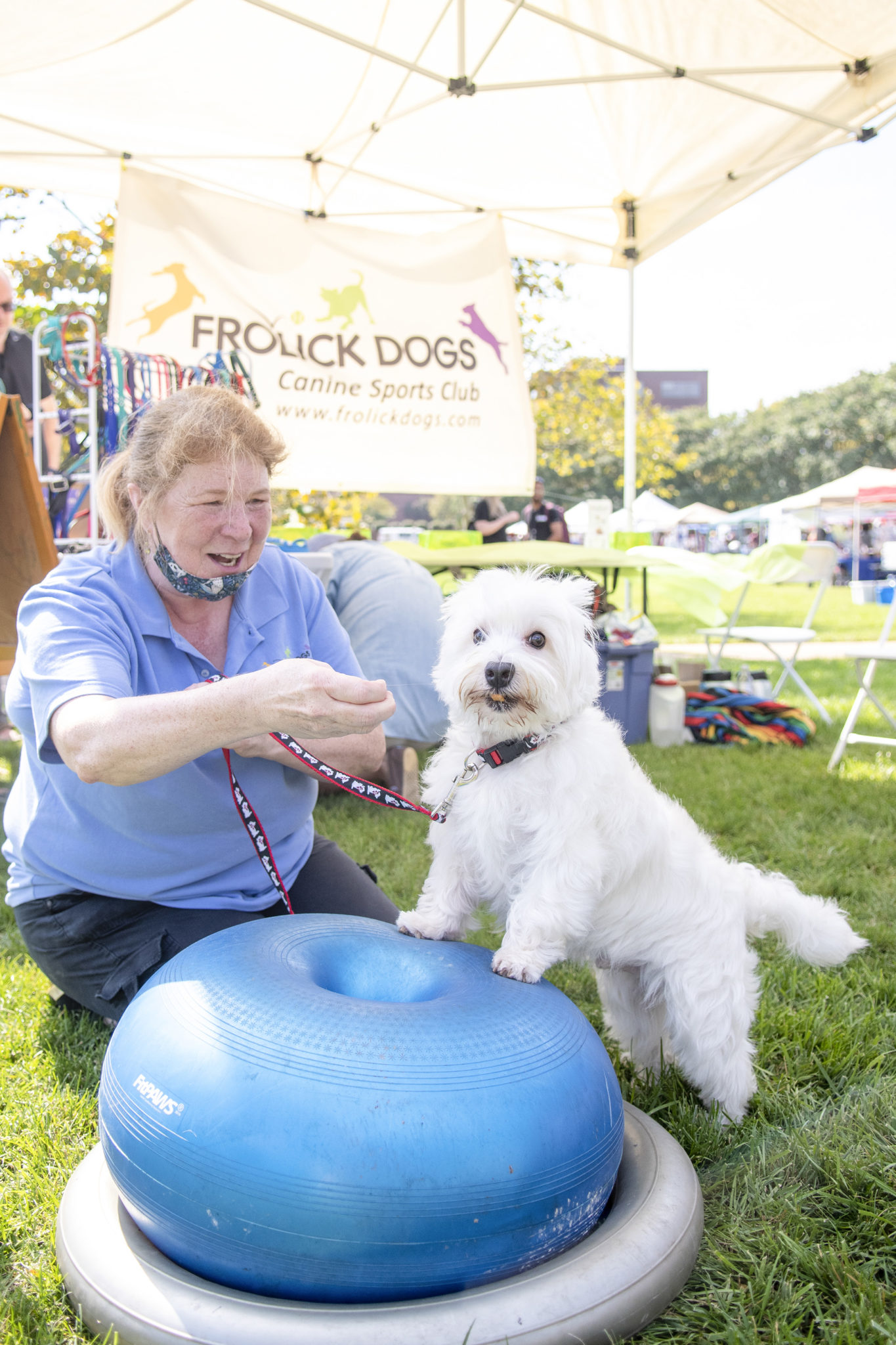Alexandria Love Your Pet Day to Become Paws in the Park on Oct. 16 at Oronoco Bay Park

ALEXANDRIA, VA–Alexandria’s biggest pet event returns to Old Town on Sunday, Oct. 16, with a new name and even more to enjoy! Paws in the Park, formerly known as “Alexandria Love Your Pet Day,” will take place from 11 a.m. to 4 p.m. in Oronoco Bay Park, with activities for animal lovers of all ages, including shopping, music, adorable adoptable animals and even a food court offering food and drink from several local businesses, including Port City Brewing Company and Big Cheese.

In 2021, this festival moved to Oronoco Bay Park and saw more than a thousand attendees, both two-legged and four. Organized by the Animal Welfare League of Alexandria (AWLA), Paws in the Park will once again showcase adoptable animals from local shelters and rescues, goods and information from local animal-themed businesses, a variety of vendors, the AWLA’s Family Fun Tent, and a mainstage chock full of acts for audiences of all ages. The Alexandria Library Foundation will sponsor the mainstage line-up, starting with bilingual music sensation Uno Dos Tres Andrés at 11:30am, and featuring acts for a variety of ages throughout the day, including the jazz act Bill Cabrera and Company.

“At the AWLA, we celebrate the love that our community has for animals each and every day,” said Executive Director Stella Hanly, “but Paws in the Park is one of our favorite ways to connect with that community and meet a lot of amazing animals.”

Paws in the Park is open to leashed, well-behaved pets of all types. Proceeds from Paws in the Park benefit the AWLA, which supports homeless animals in Alexandria as well as pets and people throughout the community. Vendor spaces are still available, and more information about attending or participating in this year’s festival can be found at PawsintheParkVA.com. Sponsors for Paws in the Park include Amazon; Vets to Pets; Walsh, Colucci, Lubeley & Walsh; Whole Dogz; WOOFS! Dog Training Center; and the Alexandria Library Foundation.

RELATED: Alexandria Love Your Pet Day Comes to Oronoco Bay Park This October




